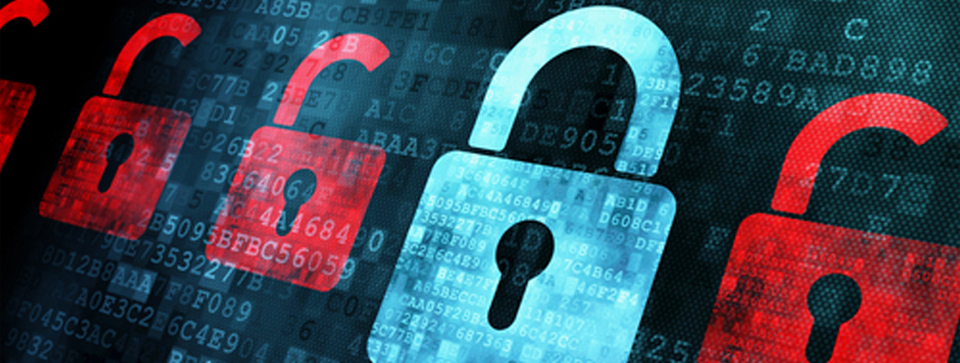
And, here I thought this whole time, all I needed to do was protect my children from being kidnapped and held hostage.
Instead, I have now placed a baby monitor in my office so I can hear the sleepy hums of my computer, and make sure she (or he–they’re kind of like cars these days), is safe, healthy and happy.
I have to protect my computer from Ransomware. It’s malware which restricts access to the computer system that it infects, and demands a ransom paid to the creator(s) of the malware in order for the restriction to be removed. Some forms of ransomware encrypt files on the system’s hard drive (cryptoviral extortion), while some may simply lock the system and display messages intended to coax the user into paying.
Ransomware now has your computer and is demanding cash. It didn’t send you a ransom note with cut-out letters from magazines and newspapers. It speedily pulled the computer rug right from under you and wants cash to return your very expensive, personally detailed, life-blood to the vast universe we call the Internet.
You’ll pay it. You’ll do whatever it takes to get your computer back. You need to get on Facebook and post images of your cute little kitten named Flounder.
How Did I Get Ransomware?
Ransomware can infect your computer in the same way as most other malware. The most common ways your computer can become infected with ransomware are a drive-by and exploiting program vulnerability.
The most common way for ransomware to get into your computer is called a Drive-By. All it takes is for you to visit a malicious or compromised website, click on a malicious advertisement or link, or open a malicious attachment from your computer to be infected.
Exploiting program vulnerability is a virtue of Ransomware and explores weak spots in your computer security, operating system or even one of your programs that you’ve downloaded–like a browser–as an example.
What Can I Do To Prevent It?
The first thing everyone should consider is doing an online backup. This protects important files from being infiltrated and pretty  much “held for ransom.” The online backups we suggest keep multiple versions of your files so if you do get infected, you have time to retrieve older versions of your files.
much “held for ransom.” The online backups we suggest keep multiple versions of your files so if you do get infected, you have time to retrieve older versions of your files.
Additionally, business machines and machines you browse the web on should be kept separate; or at least have the data stored elsewhere. Many businesses use online or “cloud” storage instead of a server. People who are still concerned about confidentiality usually opt for a network attached storage device (or simply called, NAS).
Cyber-Construction removed Ransomware with three clients from the last round of this particular malware attack. Their clients’ computer systems were compromised and needed help; with backups handy, they were up and running in no time at all.
If you run into a situation on your computer which appears to be locked or requiring you to pay a sum of money in order to re-gain access into your computer system, please contact Cyber-Construction. One of our many computer services is dealing with infected computers and removing malware and numerous types of computer viruses that are readily available just by a click of a button.
In addition to remote backup which would be required to help prevent Ransomware, we also provide on-site support as well as phone support.
We will never leave you stranded and held for ransom!
